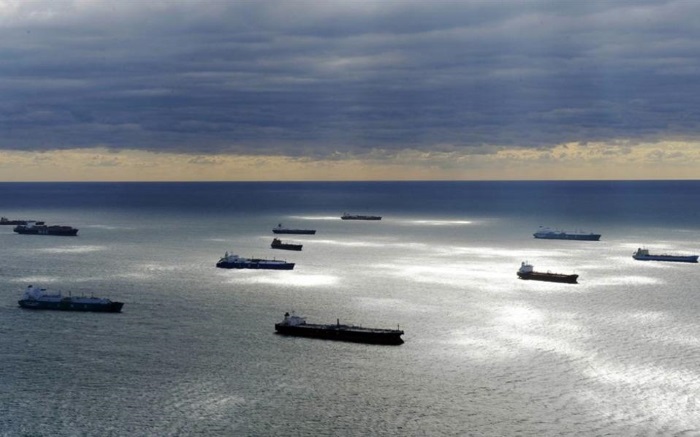Global LNG imports rose last year as Europe’s scramble to replace Russian pipeline gas pushed its shipments up 60%, making additional investments “ever more necessary” to ensure the security of supply, an importer group said on Thursday.
The International Group of LNG Importers (GIIGNL) said in its annual report on the industry that global liquefied natural gas imports rose 4.5% last year to 389.2 million tons, up 16.9 million tonnes from the previous year.
That was driven overwhelmingly by Europe, where net LNG imports increased by 44.7 million tonnes to 119.7 million tonnes year on year, the Paris-based group said.
Jean Abiteboul, president of GIIGNL, said in a statement that the market had faced an “unprecedented” energy crisis last year.
“The challenge for the future will be to establish those market conditions that will trigger LNG investments, which, in an increasingly growing LNG market environment, are ever more necessary to guarantee the security of supply at an affordable price,” he added.
The surge in European demand was driven by sanctions imposed on Russia by the European Union due to the Ukraine conflict, while high spot prices limited LNG purchasing in the Asian region, GIIGNL said.
Asian imports, led by China, dropped for the first time since 2015, falling by 20.6 million tonnes, or 7.6%, to 251.9 million tonnes, although the region remains the top destination for LNG with a 64.7% share of the total.
The U.S. accounted for most of the new supply volumes, with an additional 8.4 million tonnes of LNG thanks to existing projects expanding and new ones coming online.
The Pacific Basin remains the largest source of LNG supply to the global market with 147.9 million tonnes, followed by the Atlantic Basin with 145.7 million tonnes and the Middle East with 95.6 million tonnes, the report said.
The GIIGNL comprises 85 member companies headquartered in 27 countries, which account for more than 90% of global LNG trade.
Source: Hellenic Shipping News





